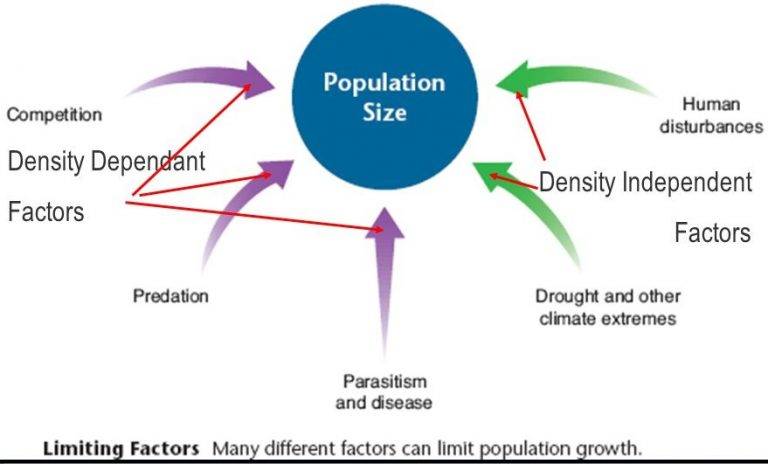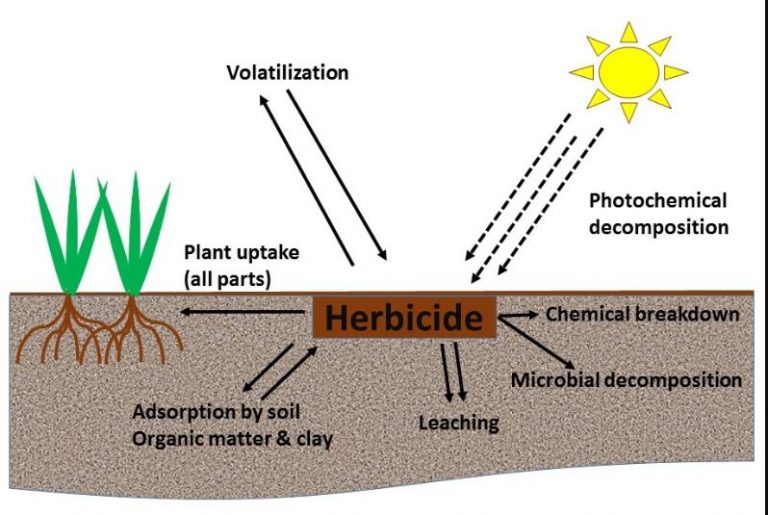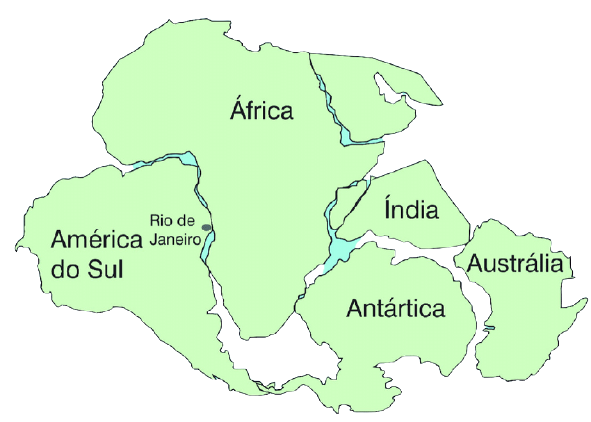What is Heterospory and Seed Habit? | Conditions in Pteridophytes
Heterospory and seed habit
Heterosporous plants produce two sets of specialized spores: megaspores (haploid female spores) and microspores (haploid male spores). Heterospory has evolved independently in several lineages. While, Homospory is the production of same type of spores.
Scientists believe that heterospory is the precursor of seed reproduction. This is known as seed habit. The ancestors of seed plants are “progymnosperms”.
We need to know about seeds and conditions for heterospory and seed habit.
What is a seed?
A seed is a “miniature plant, in-house plant, and a ripened ovule”. A seed consists of the embryo (young plant), stored food (cotyledon), and a seed coat (covering). These seed plants have an adaptive advantage. They occur in a wide variety of habitats and dominate today’s flora.
What is seed habit?
Heterospory and seed habit is a phenomenon of vascular plants turning seedless into seed-producing plants. Seed formation is a complex evolutionary change that has now become a successful attribute for a plant’s survival. This phenomenon of heterospory and seed habit occurred during the Cretaceous time. Today, seed plants either gymnosperms or angiosperms are the most diverse lineage within the vascular plants. This evolutionary success is due to the seed. It is one of the most dramatic innovations during land plant evolution. The origin and evolution of heterospory and seed habit started in late Devonian times about 385 million years.
What is the history of seed habit?
The earliest seed plants, “progymnosperms“, emerged in the late Devonian. Progymnoperm fossils show vegetative morphologies to heterospory and seed habit-exhibiting plants. But all progymnosperms did not have seeds or seed-like structures (ovules or ore-ovules). Archaeopteris spp. was the first modern tree. But it produced spores rather than seeds. However, it exhibited an advanced system of spore production called heterospory.
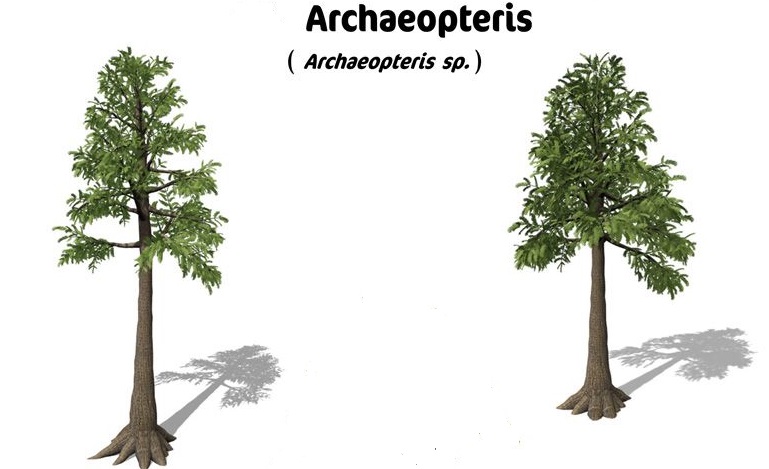
Heterospory and seed habit in Pteridophytes
Fossils of seed-bearing seed ferns (Lyginopteridopsida) exhibit a variety of seed and seed-like structures. The seed might have evolved once or several times during evolution.
What are the conditions for the evolution of Seed Habit?
All seed-producing plants are called spermatophytes. Various steps involved in the evolution of heterospory and seed habit are often exhibited by a plant possessing the following features;
- Evolution of heterospory i.e. the production of haploid male and female spores.
- Retention and germination of megaspore within the megasporangium.
- Development of protective layers around the megasporangium.
- Reduction to a single functional megaspore per sporangium.
- Development of an embryo sac within the sporangium.
- Modification of distal end of megasporangium for pollen capture.
1. Evolution of heterospory
Primitive vascular land plants produced one kind of spores, a condition called homospory. All groups of land plants up to pteridophytes are homosporous. During the early phase of evolution, some plant groups started producing two different types of spores (heterospory), the smaller ones called microspores and the larger ones known as megaspores. The microspores produced inside microsporangia germinate to form male gametophyte or the microgametophyte, whereas the megaspores germinated to form female gametophyte or megagametophyte.
2. Retention and germination of megaspore within the megasporangium.
During the usual reproductive cycle, the heterosporous vascular land plants shed and disperse their megaspores. These megaspores germinate into the female gametophyte. However, in some plants (e.g. Selaginella), the megaspore is not allowed to escape from the megasporangium immediately after its formation. In others, the megaspore is permanently retained within the megasporangium. Here, within the walls of the megasporangium, the megaspore germinates to form an egg containing a female gametophyte.
3. Development of protective layers around Megasporangium
Some branch-like structures of sporophyte surrounding the megasporangium fused around to form a protective envelope or integument. Integuments tightly lock megasporangium and it becomes indehiscent. This important change led to the evolution and formation of the ovule. In this way, the integuments provide more protection to the egg-containing apparatus in the terrestrial environment.
4. Reduction to a single functional megaspore per sporangium.
Each megaspore mother cell within a megasporangium produces four gametophytes. these gametophytes compete for space and food. Soon only one megaspore survives, while all others disintegrate. This leads to the development of a single healthy female gametophyte.
5. Development of an embryo sac within the sporangium.
The single healthy megaspore retained within the megasporangium germinates to form an egg containing a female gametophyte called an embryo sac.
6. Modification of distal end of megasporangium for pollen capture.
Until now, most of the structural and functional changes leading to the development of seed habit are completed. Some other important modifications took place in the integumented, indehiscent, and permanently attached megasporangium. The distal end of the megasporangium became modified for capturing pollen (microspore containing male gametophyte).
Pollens in the distal cavity of the megasporangium produce a pollen tube. This pollen tube carries male gametes deep into the embryo sac to fertilize the egg. The fertilized egg forms a zygote and then an embryo. The megasporangium (ovule) after fertilization forms a seed, and the integuments change into the seed coats. The seed offers a maximum degree of protection to a developing embryo in an unfavorable terrestrial environment.
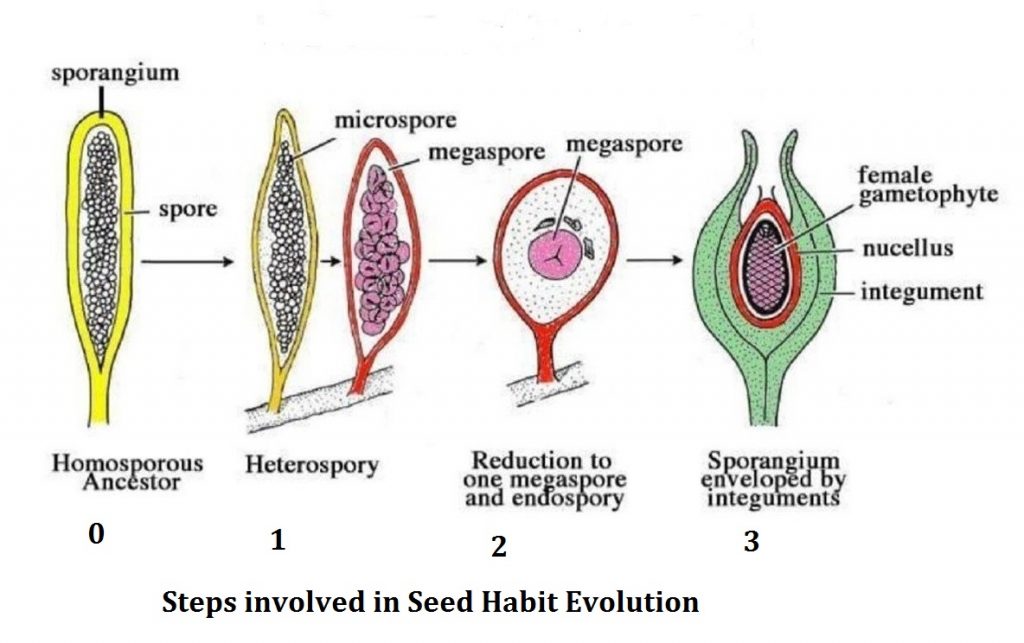
Evolution of seed habit in different groups
The seed replaces the spore of the seed-less fern plants as a propagation, dispersal, and storage unit. Ferns and seed plants both exhibit a life cycle in which two heteromorph generations alternate;
- Dominant and diploid sporophyte: – which is the fern or spermatophyte plant
- Recessive and haploid gametophyte:
It is small-sized for ferns. In the seed plants, the haploid gametophytes became a hidden generation. It completely depends on the sporophyte. In seed plants, the male gametophyte (microgametophyte) is hidden in the pollen grain. The female gametophyte (megagametophyte) is hidden in the ovule. After pollination and fertilization, the ovule develops into the seed, a great success and a giant leap that ultimately enabled plants to colonize land permanently. Angiosperm and gymnosperm gametophytes and seeds are distinct.
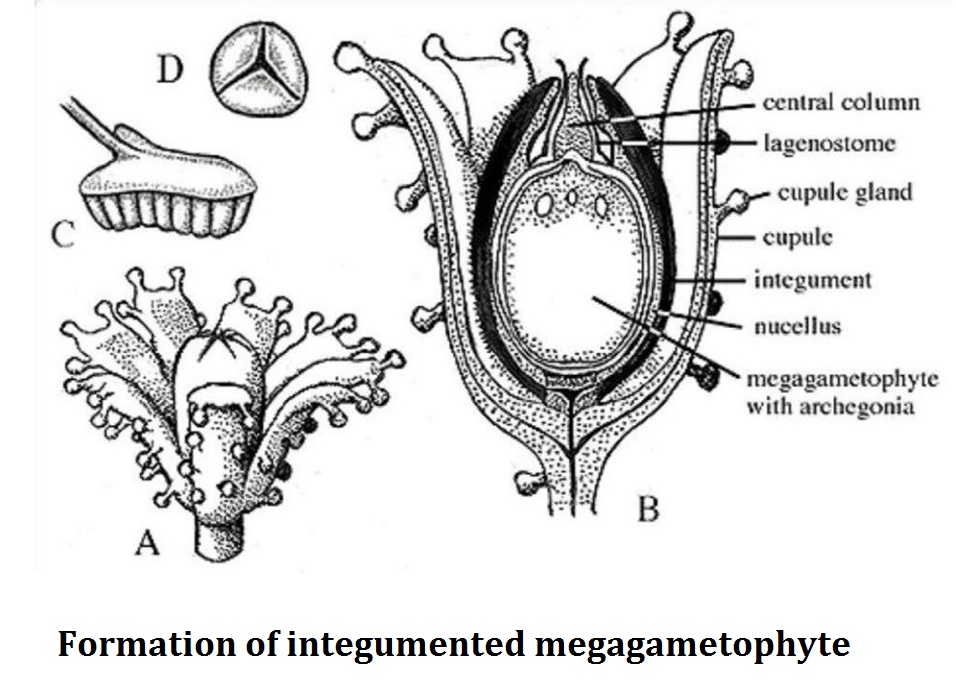

Seed in Gymnosperms
The gymnosperms have ‘naked seeds. Ovules and seeds (fertilized ovules) are exposed on the surface of sporophylls. The megagametophyte (female gametophyte, (1n)) develops from the functional megaspore (1n) within the nucellus (megasporangium, (2n)). The megagametophyte of the gymnosperms is homologous to the megaprothallium (n) of the ferns. It is sometimes called primary endosperm (n). The megagametophyte of seed plants is retained and nourished by the parent plant within the ovule. Ovule contains megagametophyte, megasporangium (nucellus), and integument (seed coat/covering).
The megagametophytes of the gymnosperms produce several archegonia (1n) with egg cells (1n). Fertilization by the sperm from the pollen grain (microgametophyte, male gametophyte, 1n) often leads to the development of several embryos (2n) within a single ovule. Polyembryony of gymnosperm seeds is a known phenomenon. In most cases, only one embryo survives. Therefore relatively few fully developed gymnosperm seeds contain more than one embryo.

Seed in Angiosperms
Seeds are enclosed inside the ovary. The ovary is the base of a modified leaf (carpel). Another very important difference between gymnosperms is the angiosperm double fertilization. This leads to the formation of the triploid endosperm. In mature seeds of most angiosperm species, endosperm tissues enclose the young embryo. In addition, angiosperm seeds can be dispersed as fruits. Gymnosperms dominated during The Triassic and Jurassic periods. The first angiosperms also evolved during this time. The rapid rise and early diversification of the angiosperms occurred during the Cretaceous time.
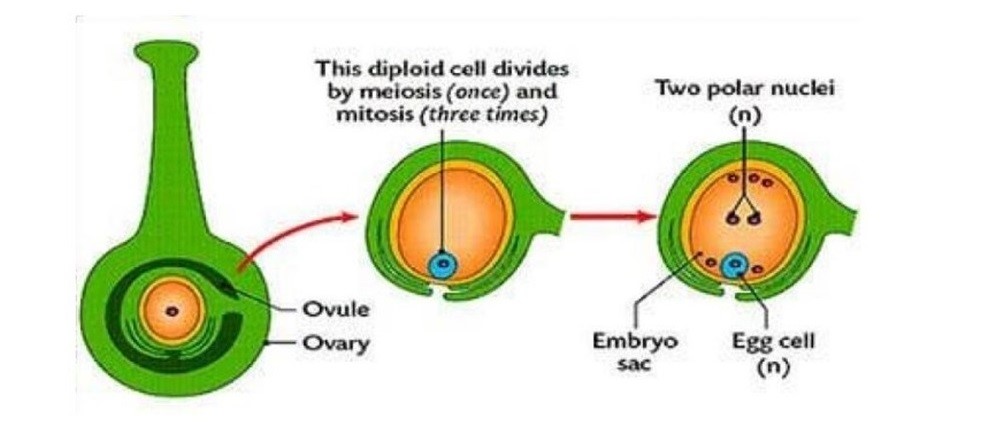
To know more about Ecology, Diversity, and Environmental Sciences, please visit: https://botanylive.com/
Also see;
- Dallisgrass vs Crabgrass
- Esperanza Plant
- How Long Do Tulips Last?
- Calathea Couture Care
- Discover 15 Types of Coconut Trees
For heterospory and seed habit ppt, please visit: https://www.youtube.com/watch?v=Ce7QCpOFyz0
FAQs Related to Heterospory and Seed Habit
Seed, Seed Habit and Heterospory – PPTs – Video
I’m Dr Qaiser Maqsood (PhD), a dedicated researcher and expert in Biological Sciences, Gardening, Bio-Diversity, Ecology, and Environmental Sciences. I’m much concerned about Environmental Pollution, Climate Change, Plantation, Gardening, and Global Warming. My passion is to explore innovative solutions in all these fields.
Be aware that we have ONLY ONE EARTH. Protect it!!

